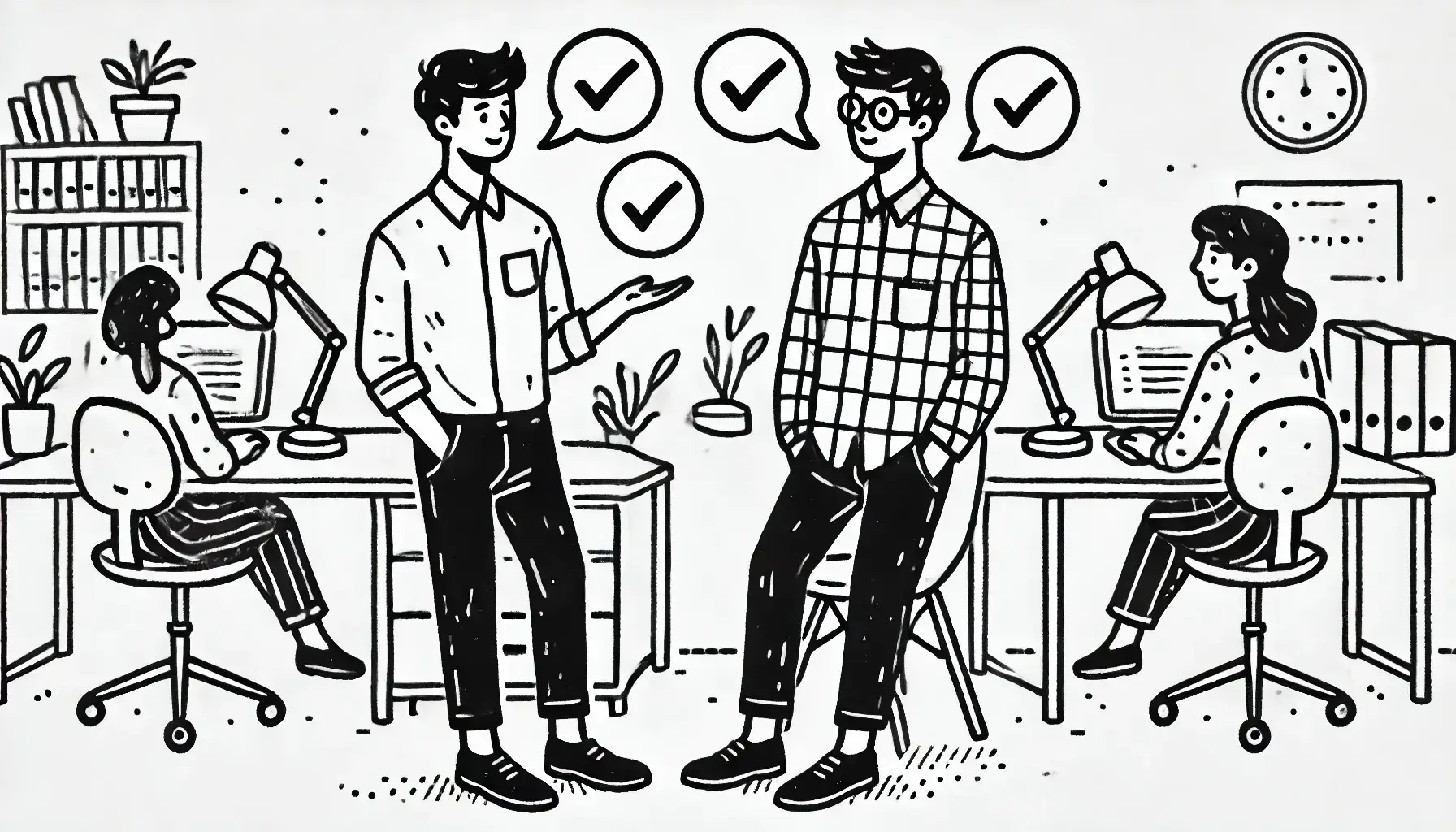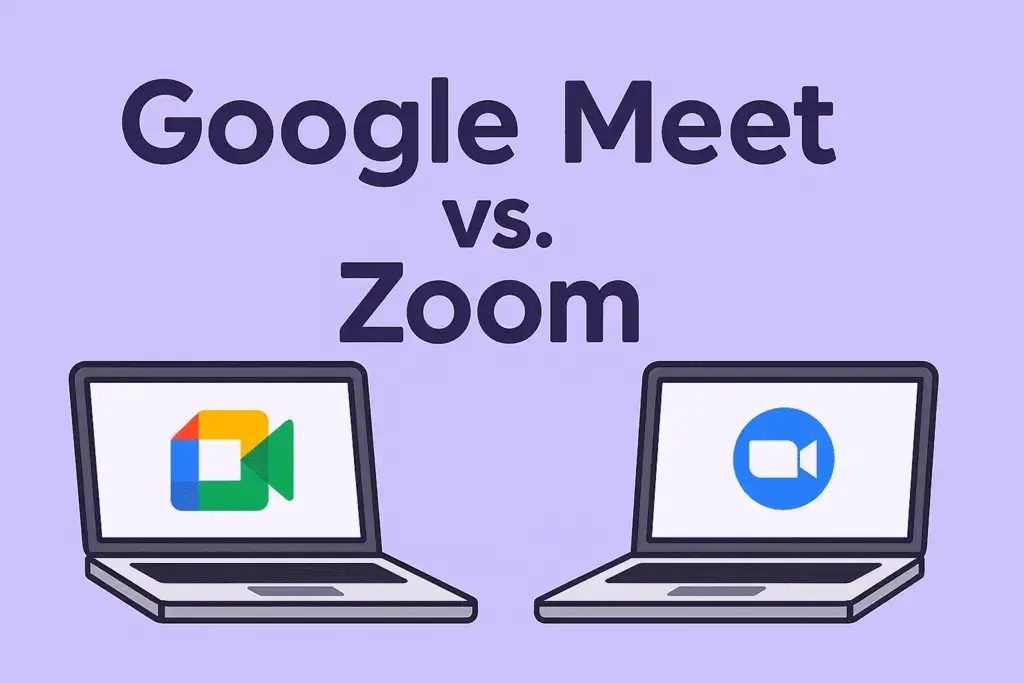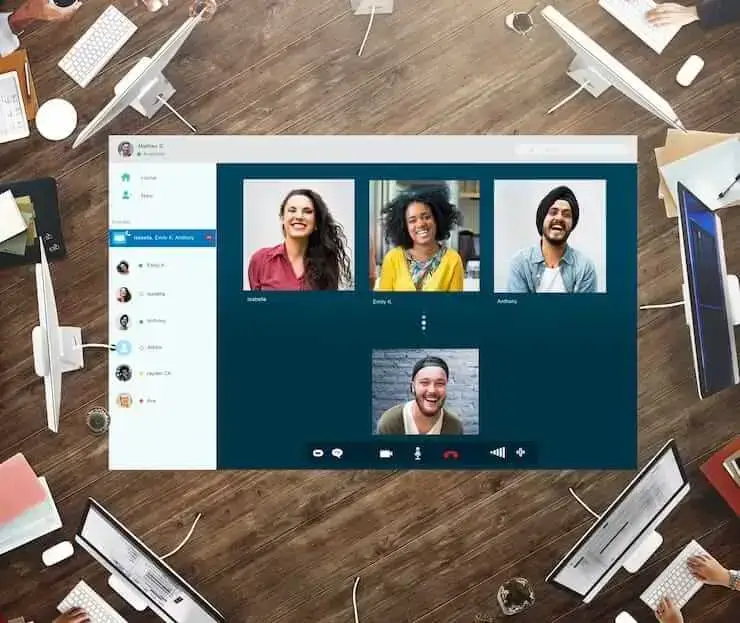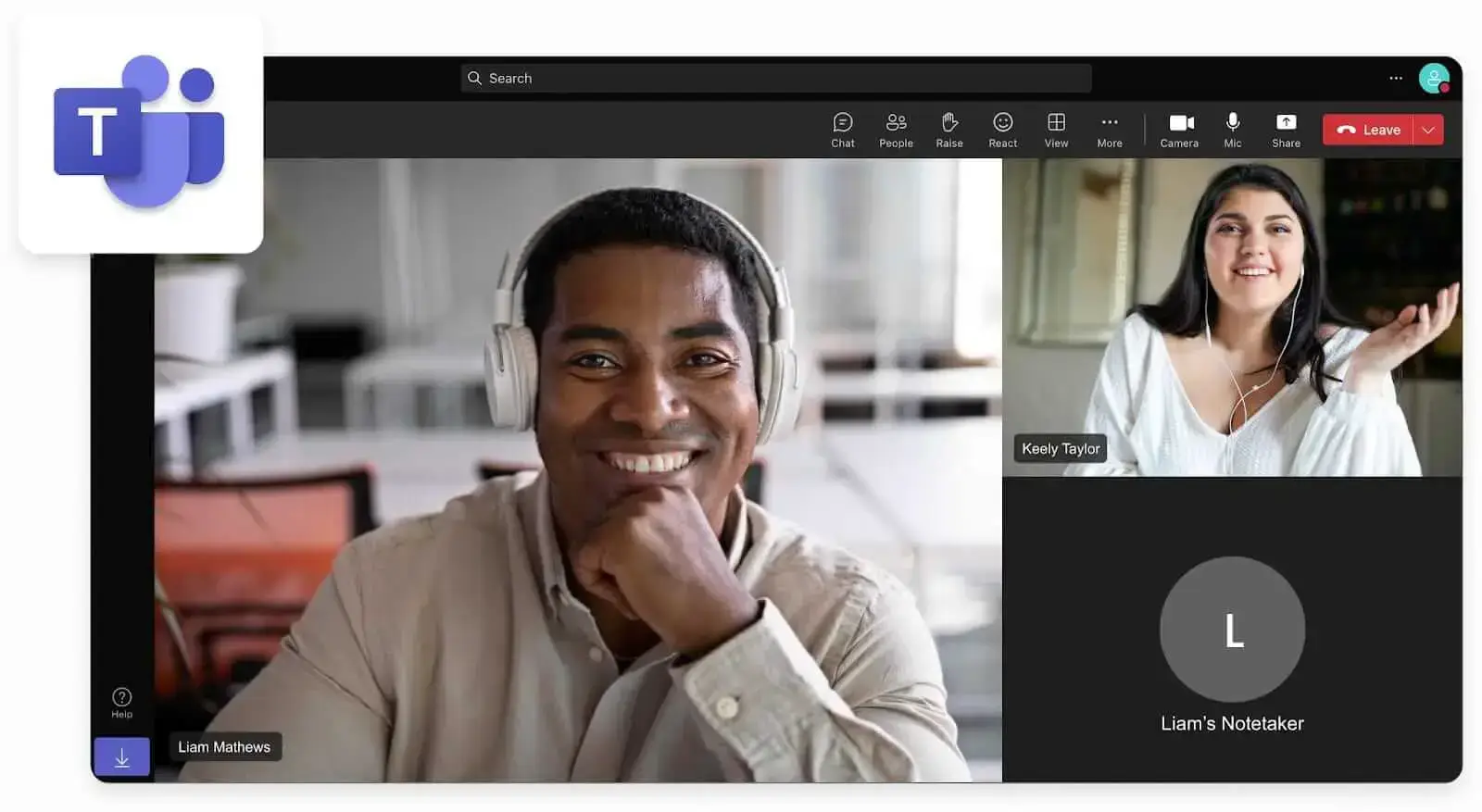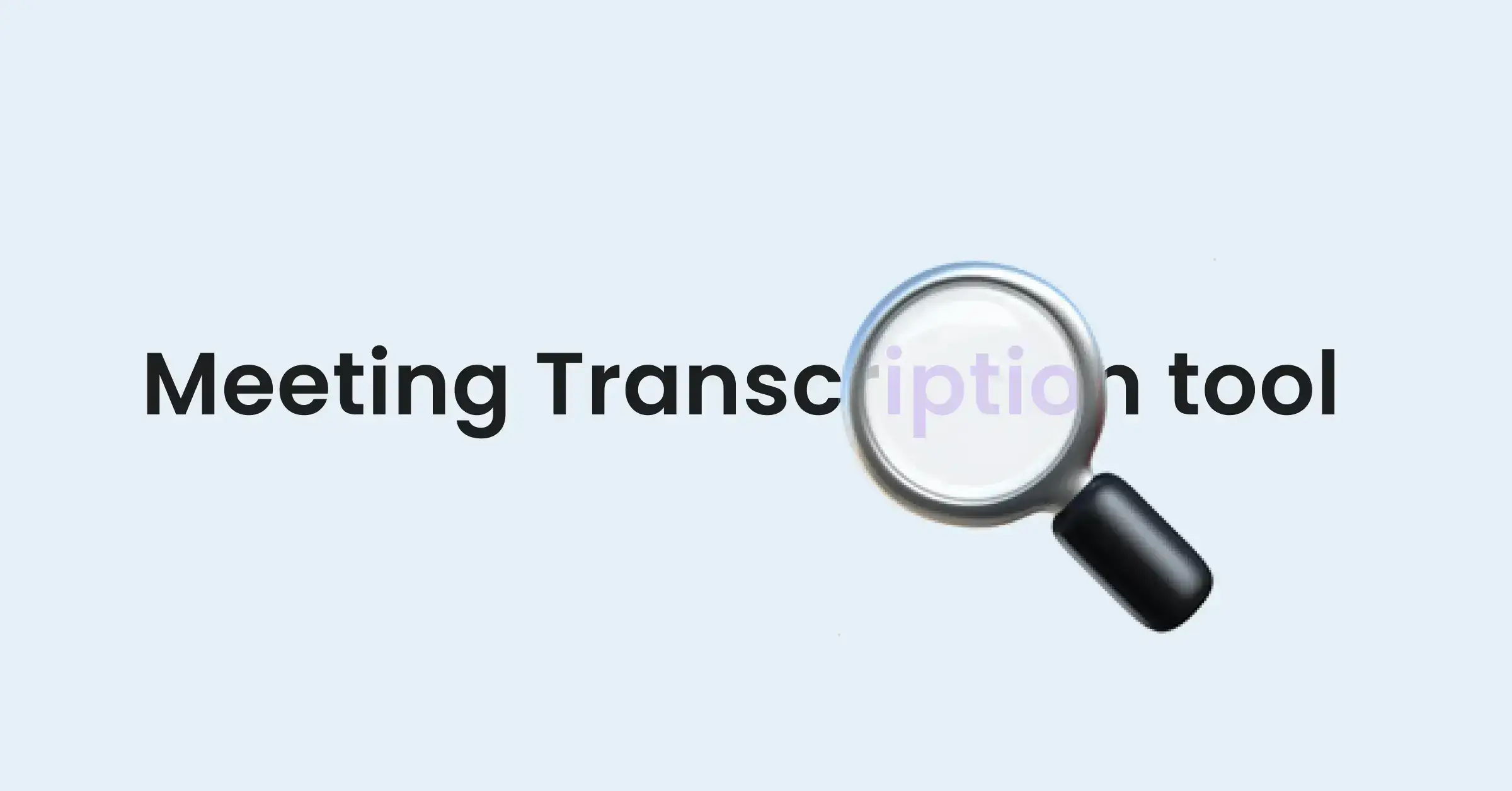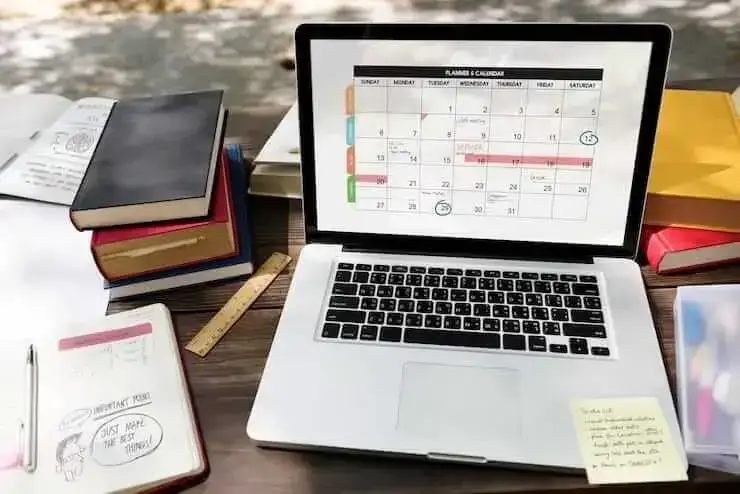How to Facilitate Inclusive and Collaborative Meetings
Good meeting planning and facilitation are what makes team meetings inclusive, collaborative, and effective leading to problem resolution and new idea generation.

✅ Free meeting recording & transcription
💬 Automated sharing of insights to other tools.

Image Source: Freepik
Do team meetings help drive results and promote collaboration, or are they a waste of time? Meetings get a bad reputation because many of them are unnecessary and unproductive. Many employees struggle with back-to-back meetings, leaving them almost no time to do actual work.
Some businesses go as far as to create no-meetings days or quantify how much meetings cost in order to reduce their number.
Good meeting planning and facilitation are what makes team meetings inclusive, collaborative, and effective leading to problem resolution, new idea generation, and engaged, connected, happy teams.
In this article, we look at the key strategies to help you plan and facilitate inclusive, collaborative, and effective meetings.
What Are the Benefits of Inclusive Meetings?
We have all been to a meeting where one person takes over and ends up talking for most of the time. Or a meeting where two participants have a discussion while everyone else has to listen. Meetings like this are not a productive use of anyone’s time.
Inclusive meetings provide equal and balanced opportunities for participation. A meeting is inclusive if a diverse group of people all feel heard, valued, and respected while collaborating in an effectively planned meeting. Everyone can contribute, all voices can be heard, and each opinion has equal weight.
It’s known that diverse companies outperform their less diverse competitors. Inclusive meetings contribute to the diversity of voices, opinions, and ideas. Employees feel heard and valued, while the team, and ultimately business, benefit from diversity of ideas and perspectives. Happy and engaged employees also means higher talent retention and lower talent acquisition costs.
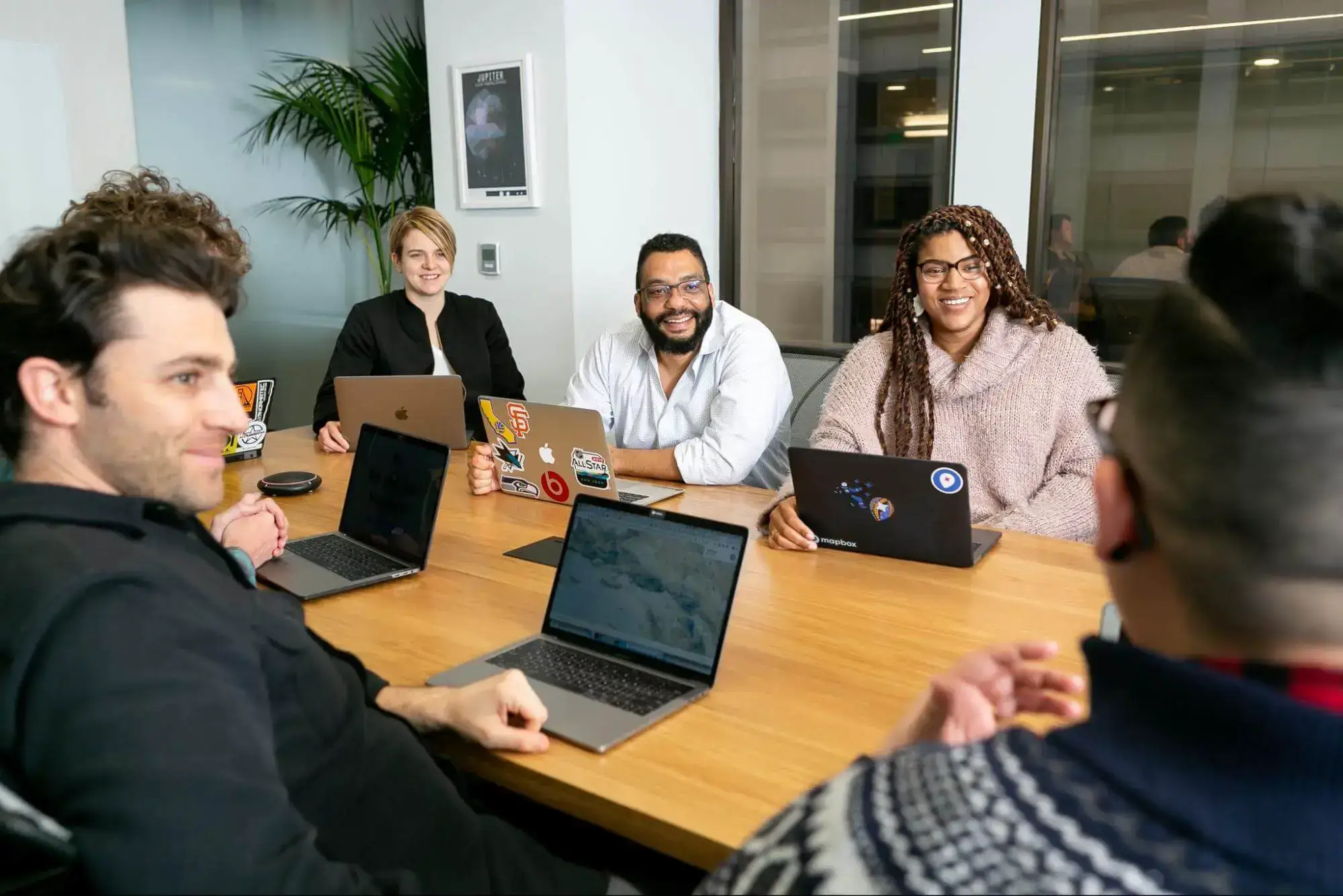
The Five-Step Guide to Inclusive and Collaborative Meetings
The first and most essential step to an effective meeting is asking yourself whether you need to have one. There are many meetings out there which could have been an email or a five-minute chat.
If you do need to hold a meeting, you’ll want to make it as inclusive as possible. This involves crafting a format and content that meets the participants’ abilities and personalities to ensure that everyone benefits in equal measure. Here’s how you can level the playing field.
1. Collaborate on an Agenda
Considering that effective meetings always have an agenda, it’s mind-blowing how many meetings take place without one. Some professionals and business people won’t even come to a meeting if there’s no agenda. It’s understandable, because a meeting with no agenda is likely going to be a waste of time.
Inclusive meetings start with an inclusive, collaborative agenda. Try to keep things simple: the agenda itself can be just a couple of bullet points in a meeting invite. The key is to share it with the meeting participants beforehand, get their input and feedback, and build a master schedule that accommodates everyone's availability. This way everyone feels involved and can contribute from the start.
Review and finalise the agenda before the meeting. Ensure that it’s well structured, which will help the meeting flow well, and that you allocate sufficient time for each agenda item and questions at the end.
Once the meeting is over, send out the agenda-based minutes so everyone is on the same page. Taking notes and editing them into minutes takes time and effort. Technology can help – use an AI meeting assistant to take notes automatically.
2. Establish Ground Rules
The goal of an inclusive and collaborative meeting is to create a welcoming space where everyone feels safe, seen, and heard. When group expectations are set out clearly at the start, meeting participants can trust they will be safe to share openly.
Ground rules help manage the behaviors that participants may not be aware of, such as being late, talking too much, or interrupting. Start the meeting by setting clear guidelines and expectations – or, even better, consider creating a “meeting guidebook”.
This should explain how meeting participants are expected to behave both toward the host and to each other, and what constitutes unacceptable behavior. Host this document on a secure and reputable website (such as those provided by Only Domains) that your team can access whenever they need.
3. Foster Human Connections
Jumping straight into the meeting agenda seems to be what a productive meeting requires, but it means missing out on an opportunity to connect with the team on a human level.
This is particularly important because in one meeting you may have diverse specialists from different areas of the business. For example, in an average go-to-market meeting, you may have a brand manager responsible for advertising, a software engineer supporting an in-app launch, and a technical manager in charge of call in queue solutions.
To break the ice and ease everyone into the meeting, the facilitator can go around the room providing small talk. Laughter and smiles will usually ensue, and even the most introverted of the participants should feel comfortable getting started with the actual meeting.
4. Facilitate the Meeting Well
Inclusive meetings are well-facilitated meetings. A meeting facilitator is responsible for guiding the meeting, ensuring it stays on track, and providing the necessary support, information, and resources so the meeting participants can achieve the outcomes set out in the agenda.
Crucially, good facilitators also know how to create an inclusive and collaborative environment. They appreciate that different team members learn and process information differently. A good facilitator knows how to ask the right questions, listen proactively, give an opportunity to digest information, provide feedback, and manage conflict effectively.
Post-pandemic explosion of remote work led to a new challenge: virtual or hybrid meetings. For these meetings, there are additional considerations, such as getting the technology right, for example, with cloud based calling. Physical security also became a concern, with organizations implementing measures to protect remote workers and sensitive data accessed from home offices. Overall, though, the same key principles apply: efficient planning and effective facilitation, nurturing human connections, and ensuring every participant has a chance to share their ideas and feedback openly and safely.

5. Nurture Psychological Safety
Successful companies create a workplace culture based on psychological safety. A psychologically safe workplace is an environment where employees feel safe to be vulnerable, share their ideas, thoughts, and concerns, and express themselves freely.
Psychological safety brings many benefits. It promotes employee engagement, fosters a collaborative and inclusive culture, and strongly contributes to employee wellbeing.
Meetings are a reflection of the company’s culture. To make your meetings inclusive, make psychological safety your primary goal.
Whether your meeting participants are software engineers or marketers engaged in a new social media campaign, providing a safe, nurturing, and empowering space to talk is vital.

Unlock Diverse Ideas and Perspectives
We are all different, and our diversity is what makes us creative, innovative, and ultimately successful. We all think, process information, see things, and contribute differently. Understanding and accounting for these differences is essential to unlocking the diverse ideas and perspectives of your team.
Inclusive and collaborative meetings provide equal and balanced opportunities for participation, build a sense of connection and belonging, and promote psychological safety. Trust and psychological safety are key to your employees feeling encouraged to voice their ideas and take risks.
Inclusivity and collaboration shouldn’t be exclusively reserved for team meetings, though. Hopefully, they permeate your company’s culture and play out in daily interactions on every level. As we’ve seen above, building an inclusive and collaborative culture brings multiple benefits to the business.
.avif)









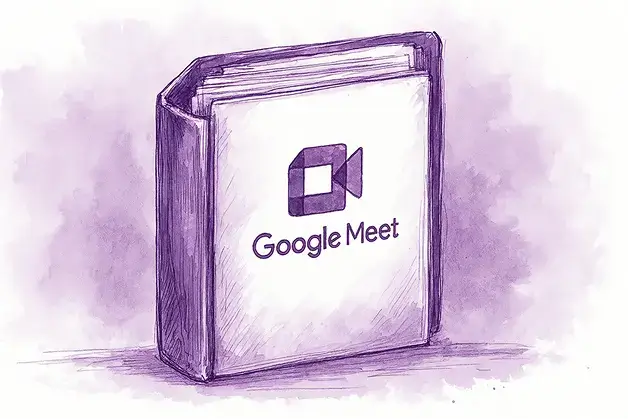


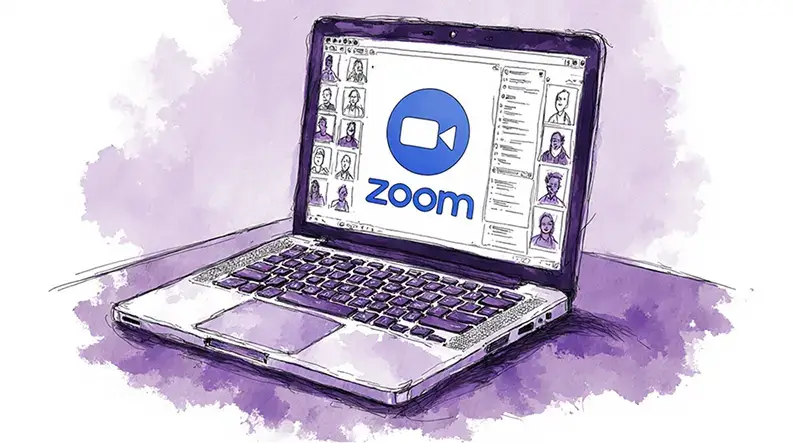











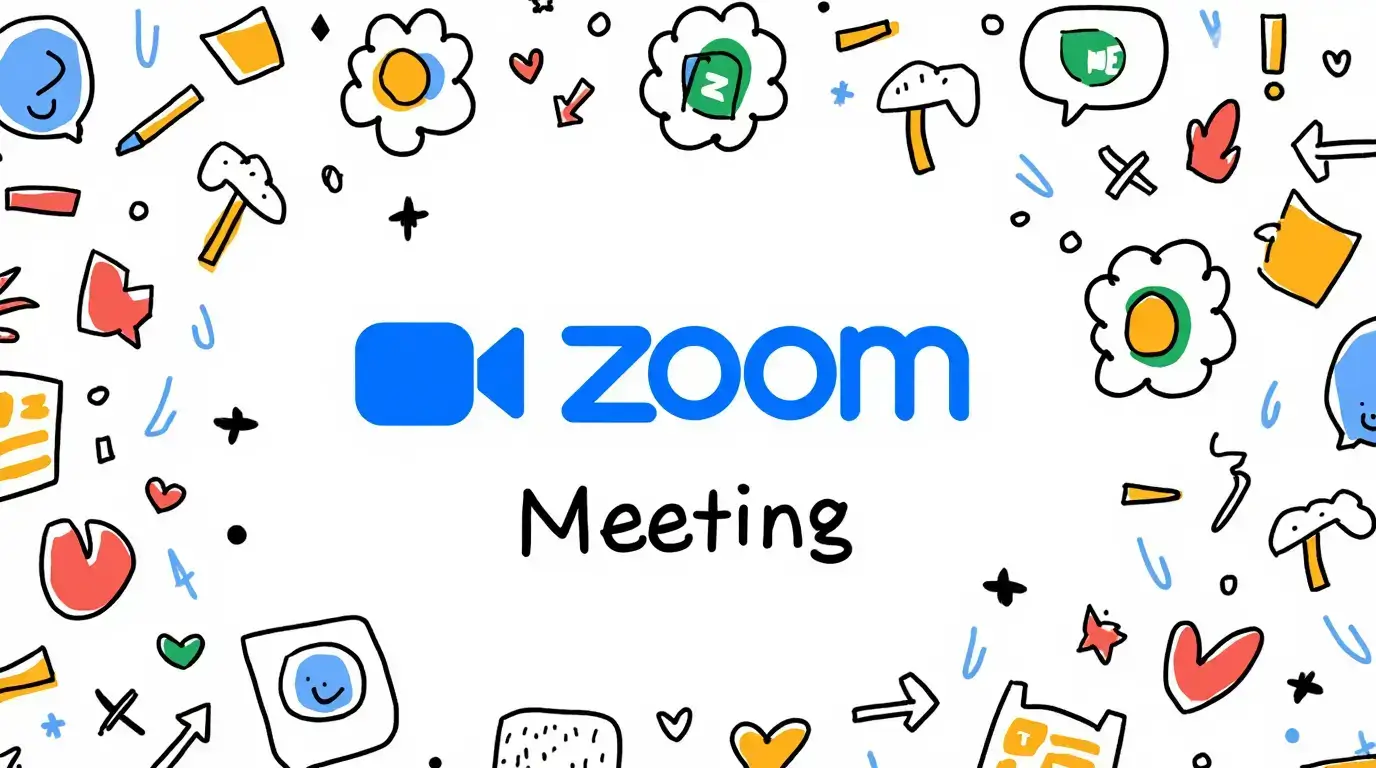


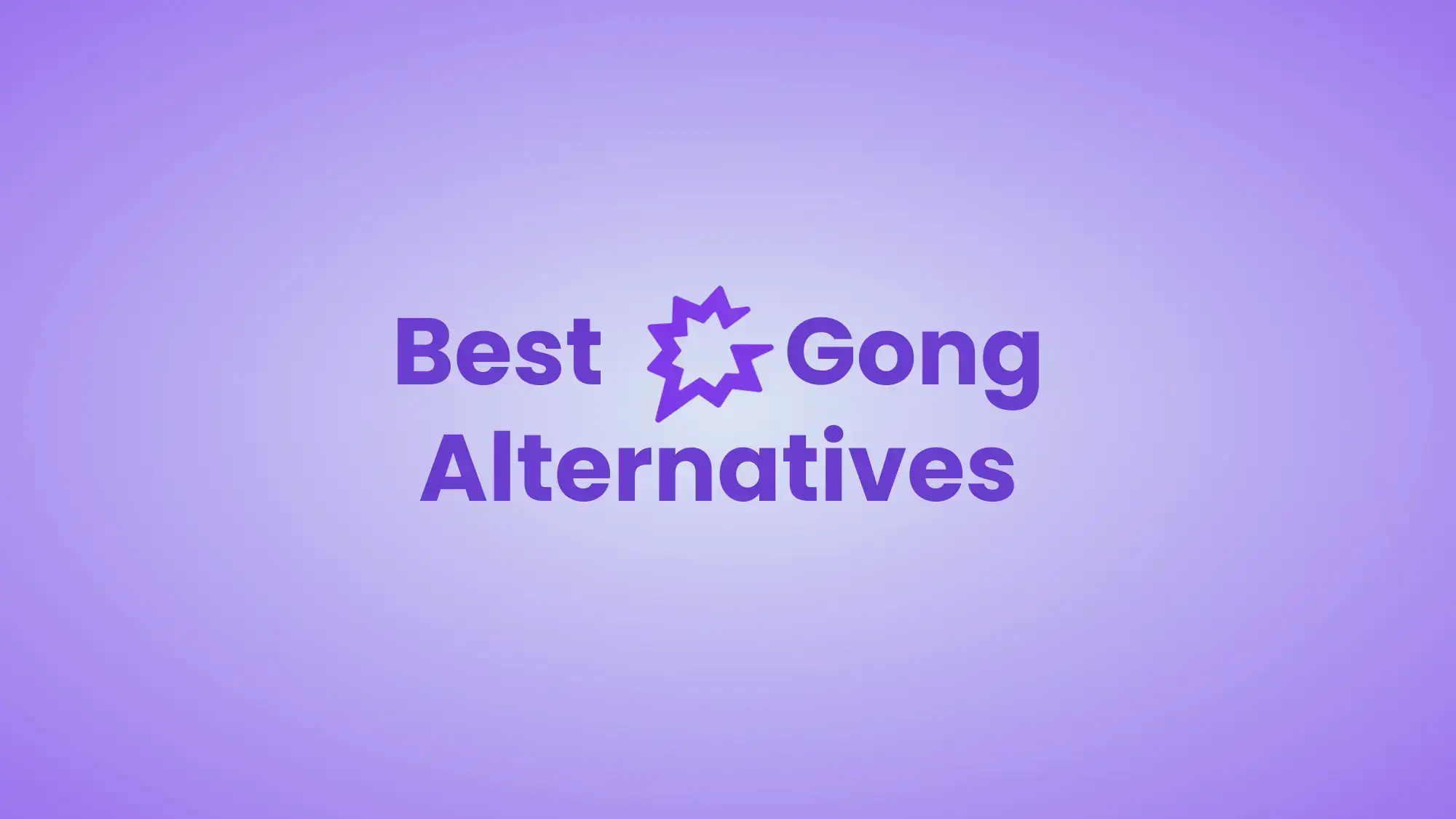
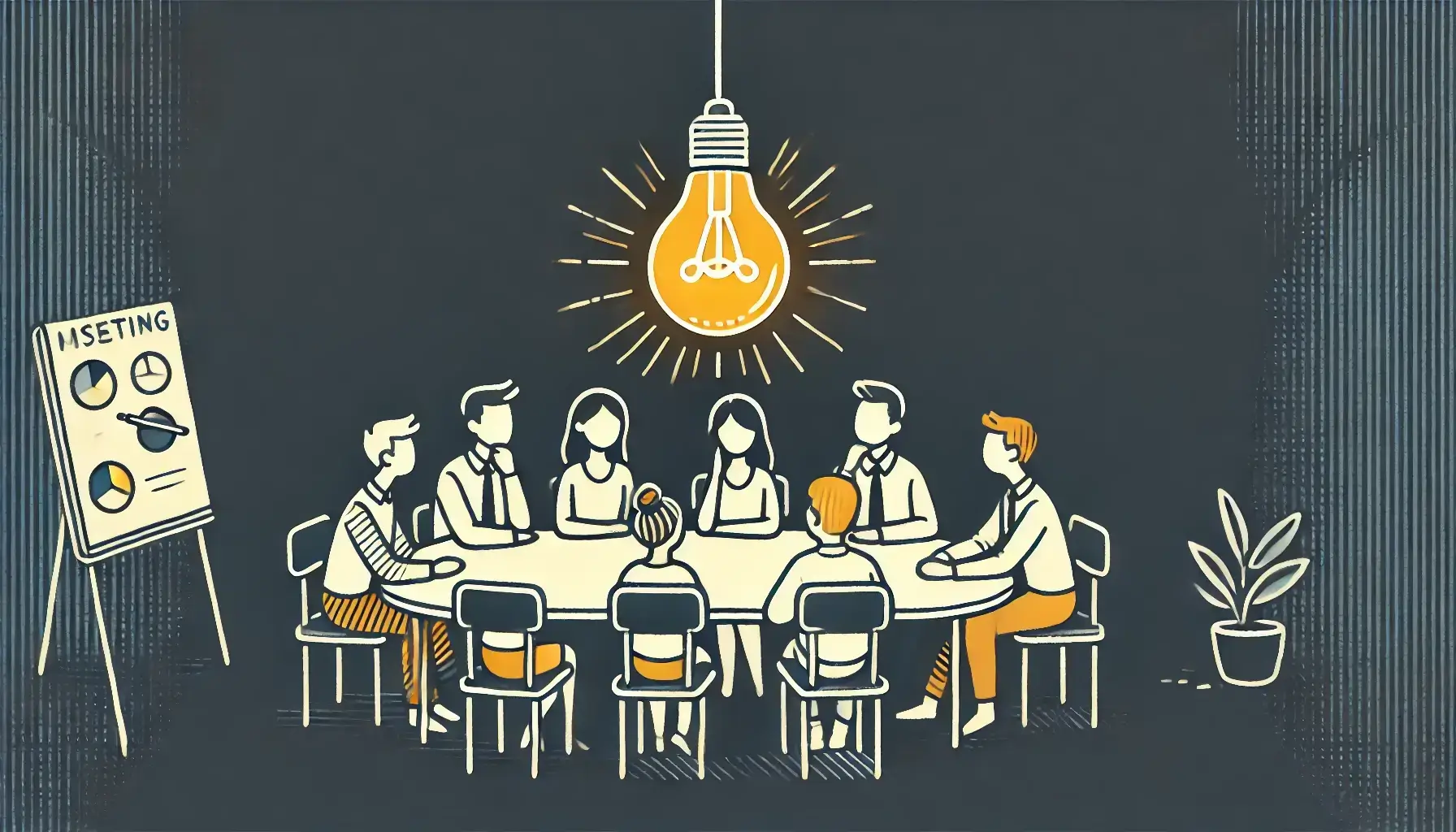
.png)
